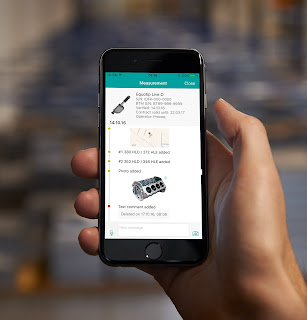How does ultrasonic testing help?
Do you have any idea about any testing we can perform without object destruction? There is one such technique called non-destructive testing method which we can use. It is ultrasonic testing which is the best to detect flaws and defects without damaging the object. This test is one of the best to check for any corrosion or defects. You can avoid part failure or destruction of the entire asset by using it periodically. As a result, you can find its application in the various industries. What is Ultrasonic testing? Ultrasonic testing is a non-destructive testing method that uses sound waves to detect thickness, cracks and defects in components and materials. For example, this method is effective for determining the pipe thickness and wall thickness. What is the working principle of Ultrasonic testing? Ultrasonic testing uses a piezoelectric transducer that transmit and receive ultrasonic waves. It is the basic form of a pulse-receiver and oscilloscope display. The tr...

Comments
Post a Comment